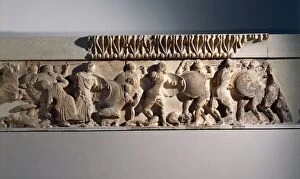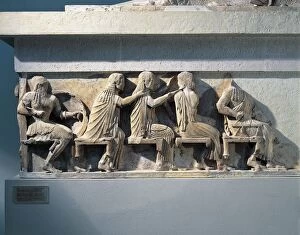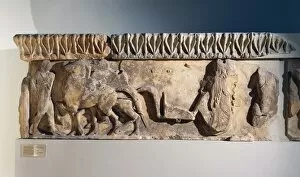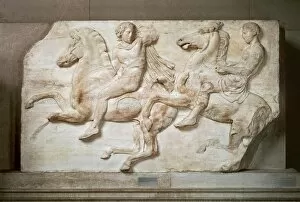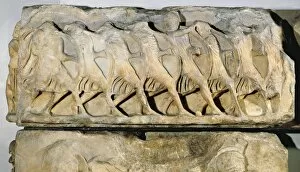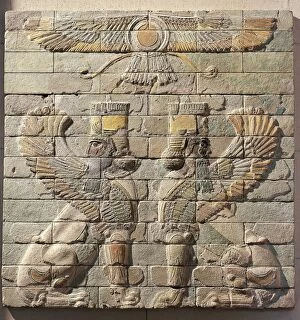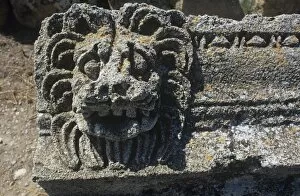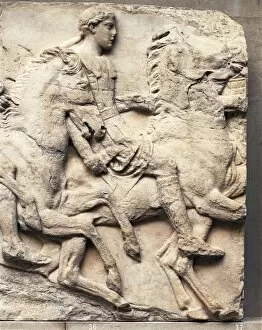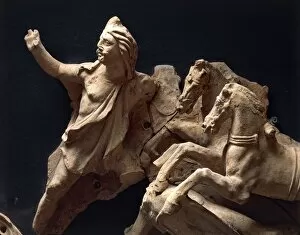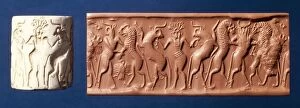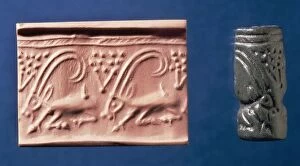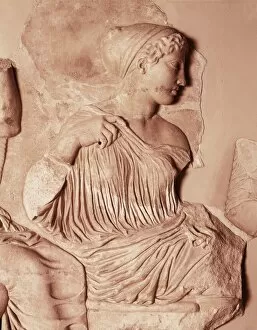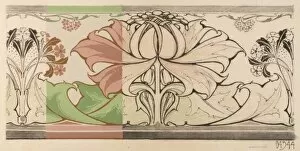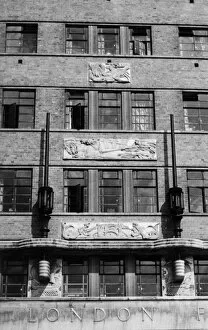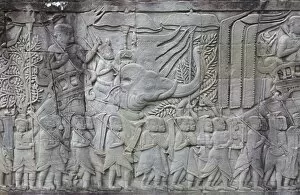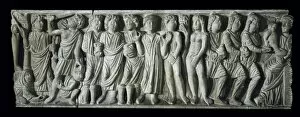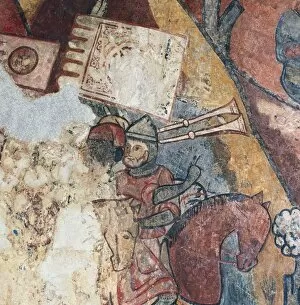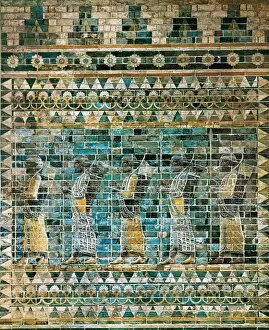Frieze Collection (#47)
"Frieze: A Window into Ancient Art and Architecture" From the intricate metope of the Parthenon marbles, depicting a fierce battle between mythical creatures
For sale as Licensed Images
Choose your image, Select your licence and Download the media
"Frieze: A Window into Ancient Art and Architecture" From the intricate metope of the Parthenon marbles, depicting a fierce battle between mythical creatures, to the grandeur of Athena's triumph over the giant Alcyoneus on the Pergamon Altar, friezes have long been an essential part of artistic expression. In Greece, at the Knossos Minoan Palace in Crete, a captivating frieze showcases three women gracefully adorned with vibrant garments. Meanwhile, Egyptian art reveals a relief featuring a bee—a powerful symbol representing Lower Egypt. Transporting us to ancient Rome, we witness athletes engaging in intense boxing matches while donning leather gloves. The view of Lincoln Cathedral from the North West captures its majestic beauty through an intricately designed frieze. Venturing further across continents, we encounter El Castillo's towering 130ft high frieze at Xunantunich Ruins in San Ignacio, Belize. Its detailed carvings immerse us in Mayan culture and history. The Dance of Death comes alive through tempera on stone within a choir setting—an eerie yet mesmerizing depiction that captivates viewers with its haunting symbolism. Architecture itself finds representation within friezes as well. Engravings by Charles Lawrie beautifully illustrate different orders of architecture—showcasing their unique characteristics and styles. Lastly, we are transported to Petra's Al Khazneh Temple in Jordan where another stunning frieze awaits our gaze. Here Hephaistos and goddess Eos ride together atop a magnificent horse—a testament to both craftsmanship and mythology intertwining seamlessly. Friezes serve as portals connecting us to ancient civilizations' stories and beliefs—each one offering glimpses into their rich cultural heritage. Through these remarkable works of art adorning walls and monuments worldwide, we can appreciate humanity's enduring fascination with creativity throughout history.

